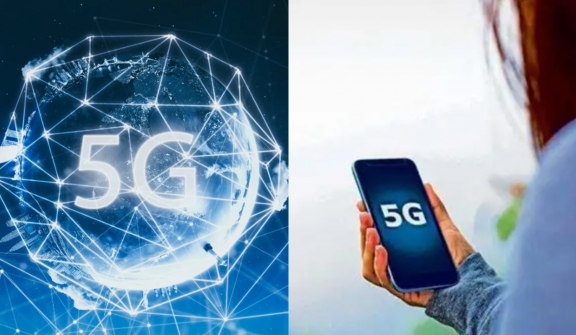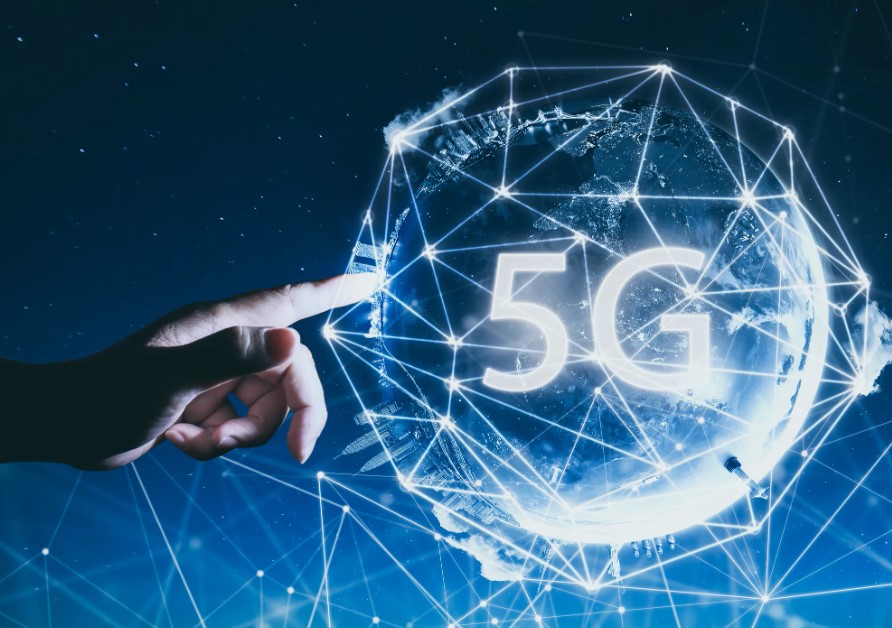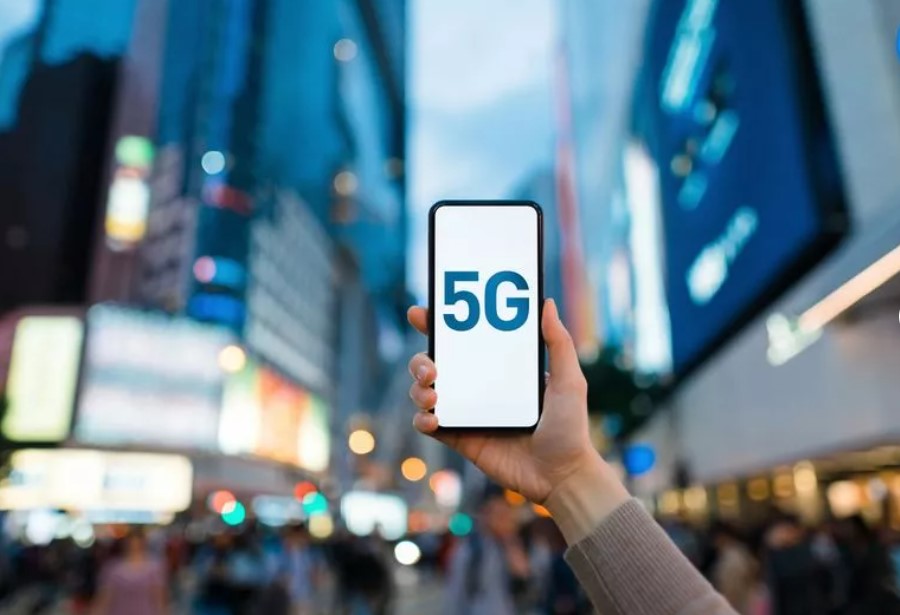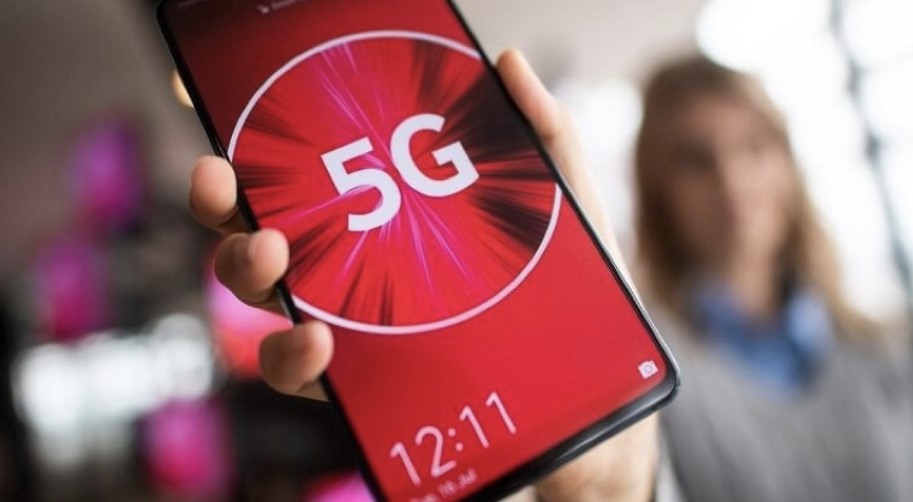
In recent times, there has been a growing realization about the meaning of the 'G' in 5G and its difference from 4G.
In fact, the 'G' in 5G is also used in previous generations like 4G, 3G, 2G, and even the original 1G network. However, it seems that many people were unaware of this until now.

The 1G network has been around since 1979, but there are still many who are in the dark about what the 'G' actually stands for.
The 5G network is gradually gaining prominence, and if you own the latest smartphone, you would know that it is meant to be incredibly faster than 4G, boasting speeds up to 100 times faster.

However, ever since the introduction of 5G in 2019, it has been plagued by wild conspiracy theories, with some individuals insisting on a connection between 5G and the COVID-19 virus.
Health experts quickly debunked these controversial notions.
The 5G rollout has left people puzzled, wondering about the significance of the 'G' and how the different generations of networks, from 1G to the latest 5G, actually differ.

The term 1G was coined when Nippon Telegraph and Telephone introduced the first cellular network technology in Tokyo in 1979.
It marked a significant leap from the pre-cellular or zero generation (0G) mobile radio phone systems.
Ameritech brought 1G to the United States in 1983, followed by its introduction in Canada a few years later.

After making progress in mobile network technology, Finland introduced 2G in 1991. It was launched on the Global System for Mobile Communications (GSM).
2G offered improved sound quality, reducing static and crackling noises during calls.
As technology continued to progress, the world welcomed 3G, 4G, and now 5G, provided by global mobile phone companies, with anticipation for future generations.

Each new generation of network technology brings about significant improvements in terms of speed, connectivity, and capabilities.
From the basic voice calls of 1G to the high-speed data transfer and advanced functionalities of 5G, each generation has paved the way for more efficient and sophisticated communication.

While 4G offers fast internet connectivity, 5G takes it to a whole new level with its remarkable speeds and low latency.
Because of these improvements, we can now easily watch high-quality videos, play games in real-time, and it helps in creating new and exciting things like self-driving cars, smart cities, and the Internet of Things (IoT).




